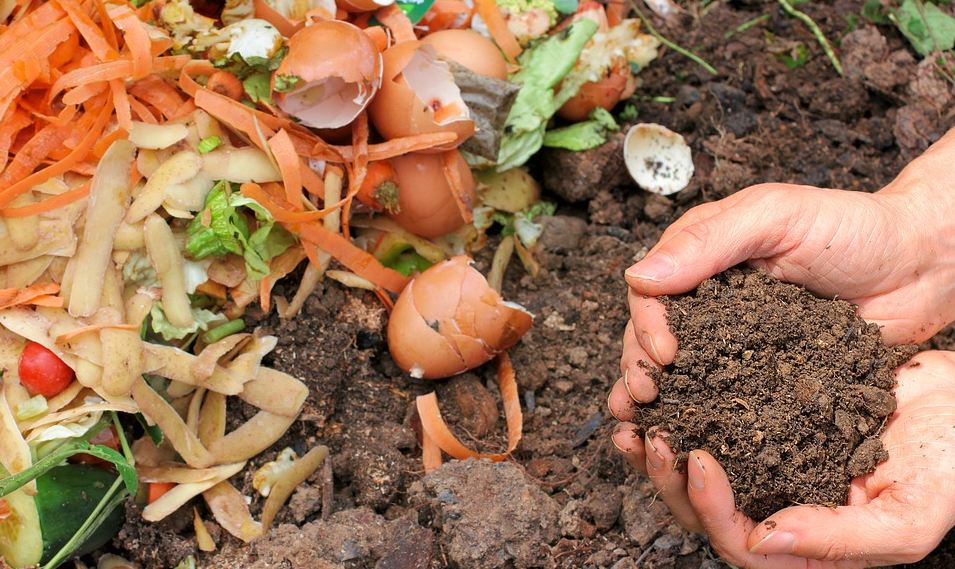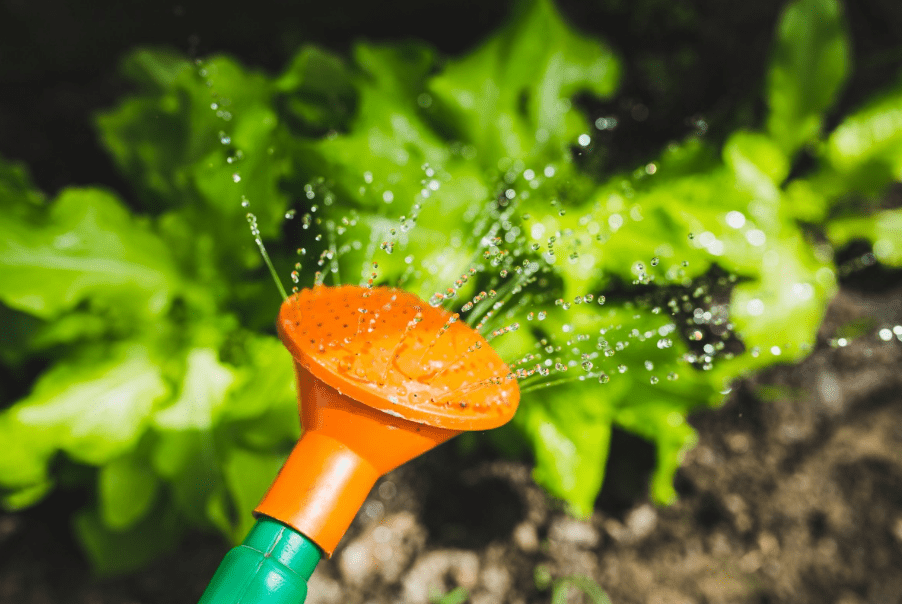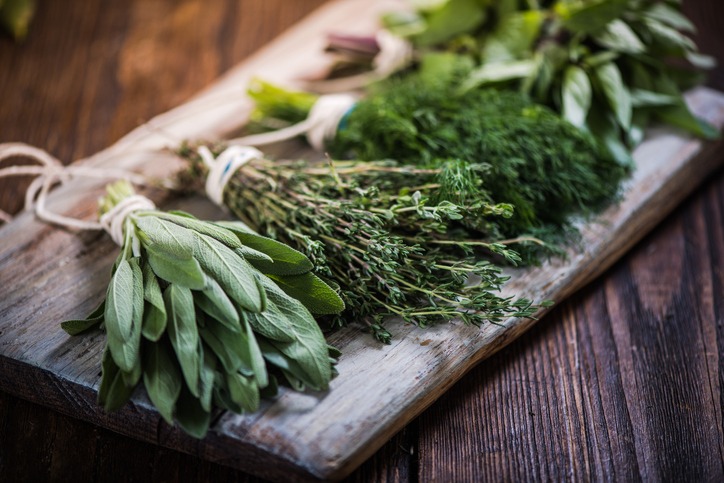Annuals or Perennials? A Guide to Choosing Plants for a Self-Sustaining Homestead
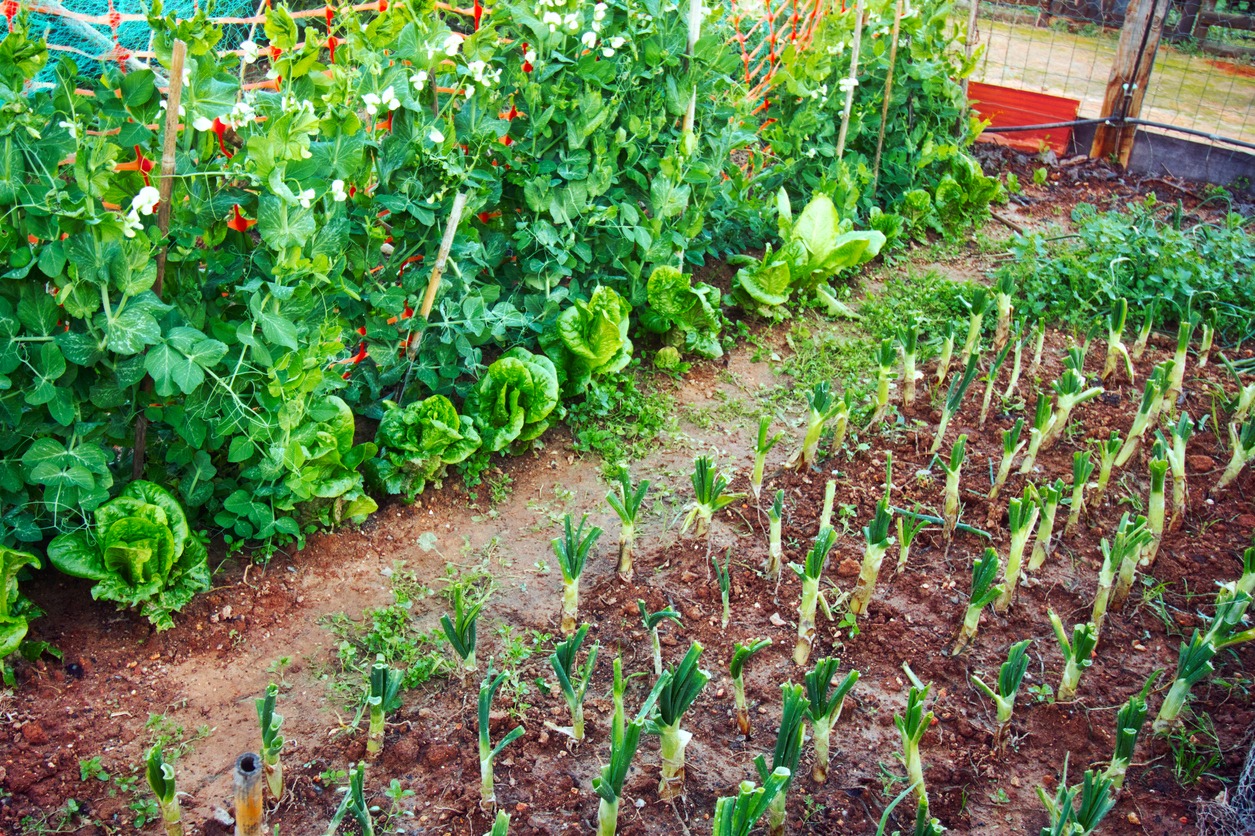
When planning a homestead garden, one of the most important decisions is choosing the right mix of plants. Annuals and perennials each bring unique benefits to a garden, making them both valuable depending on individual goals and gardening style. With careful consideration and a balance between these two plant types, a homesteader can create a resilient and productive garden that provides food, beauty, and environmental benefits season after season.
This article offers a comprehensive guide to understanding the differences between annuals and perennials, how each type benefits a homestead, and practical tips for integrating them. Equipped with this knowledge, anyone can design a garden that thrives and enhances the homestead landscape.
What is the Difference Between Annuals and Perennials?
When selecting plants for a homestead, understanding the life cycle of different plant types is foundational. The terms “annuals” and “perennials” refer to the length of a plant's life cycle and how frequently they need to be replanted.
Annuals are plants that complete their life cycle in one season. They grow, flower, produce seeds, and then die within a single year. Because of this rapid cycle, annuals often have intense bursts of color and can be changed seasonally, adding flexibility and vibrancy to the garden.
By the end of the season, annuals wither, and replanting is necessary each year to keep their presence in the garden. Because of this, annuals are perfect for experimenting with new varieties or changing the color scheme of a garden each year.
Perennials are plants that live for multiple years, regrowing each season from the same roots. They establish themselves over time, developing strong root systems and providing consistency and stability. Once established, many perennials require minimal maintenance and become a reliable source of food or decoration each year.
Once winter arrives, perennials go dormant, protecting their roots below ground. With the return of spring, perennials regrow from their established root systems, often becoming stronger and larger with each passing year. This resilience and adaptability make perennials a mainstay in gardens seeking longevity.
A balanced homestead garden benefits from incorporating both types. Annuals fill gaps and add dynamic seasonal interest, while perennials bring structure and support soil health through strong root systems. By understanding the unique strengths and needs of each type, homesteaders can build a garden that meets their goals for productivity, beauty, and sustainability.
Benefits of Growing Annuals
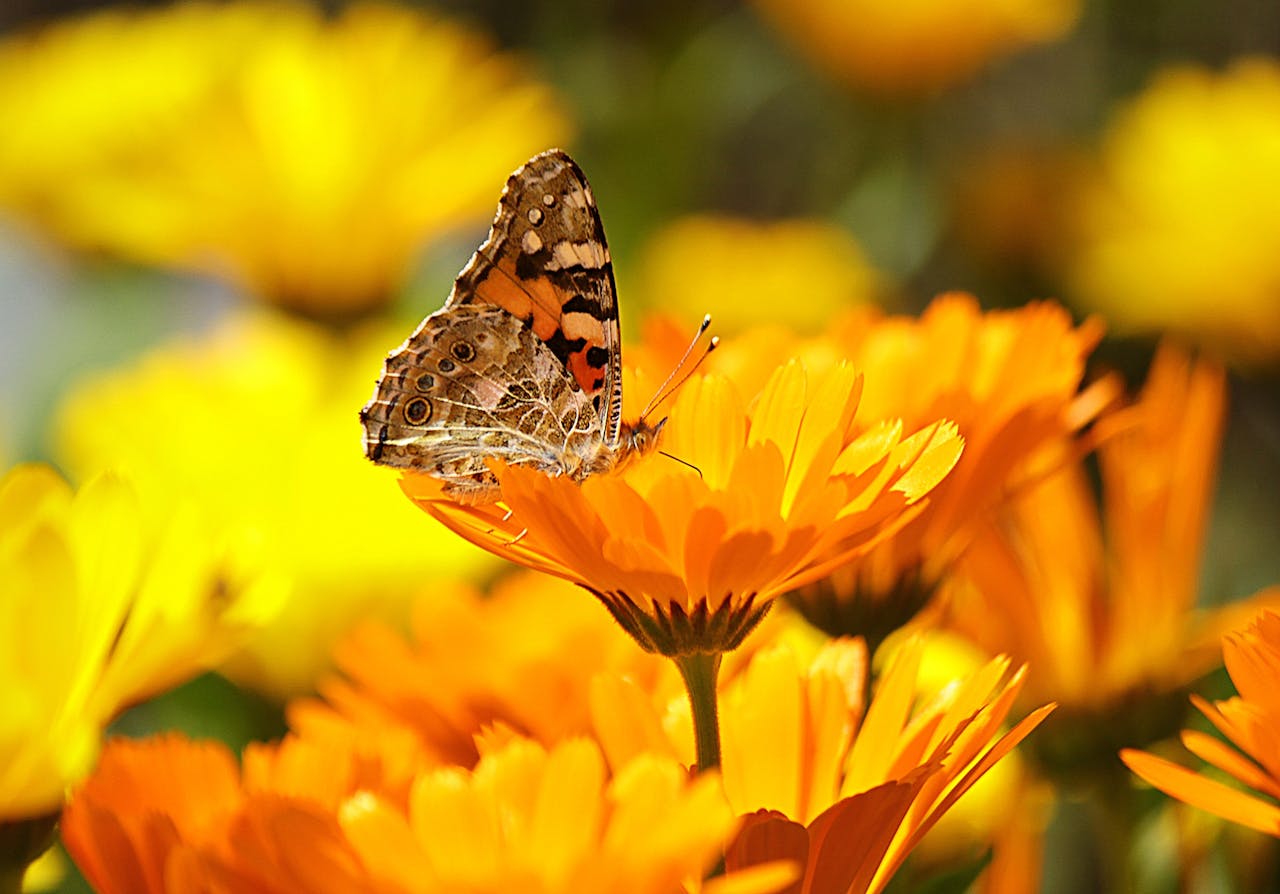
Annuals provide specific advantages that make them indispensable in a homestead garden, particularly for those seeking seasonal flexibility and easy color variation. These plants, with their single-season life cycle, are generally easy to grow and relatively affordable, making them accessible for gardeners of all levels.
- Dynamic Seasonal Color and Design Flexibility: Annuals are often selected for their vibrant colors and variety, which allow homesteaders to change their garden’s look each year. Many annuals bloom continuously throughout the growing season, filling the garden with consistent color and beauty.
- Pollinator Attraction and Ecosystem Support: Many annuals produce blooms that are highly attractive to pollinators. Adding annuals to the garden increases the likelihood of attracting beneficial insects like bees, butterflies, and ladybugs, which support the health of all plants in the garden.
- Easy to Experiment With: For beginners or those looking to try new plants, annuals are ideal. They provide a quick payoff with relatively minimal commitment, allowing experimentation with various species without a long-term commitment.
- Self-Sowing Potential: While annuals generally need replanting, some self-sowing varieties, such as cosmos and sunflowers, can reseed and return the following season without intervention. This characteristic can reduce both labor and cost, making them efficient additions to a garden.
By incorporating annuals, homesteaders add a flexible, colorful, and productive element to the garden. These plants bring vibrant interest, attracting essential pollinators and creating a seasonal variety that enhances the overall homestead.
Benefits of Planting Perennials
Perennials offer unique benefits to a homestead, contributing to long-term sustainability, reliable yields, and soil health improvement.
- Long-Term Food Security and Reliability: Perennials, such as fruit bushes and certain vegetables, produce consistently once established, providing a reliable food source that doesn’t need replanting each season. This can be crucial for homesteaders seeking self-sufficiency and a dependable harvest.
- Reduced Maintenance and Lower Annual Costs: Once perennials are established, they typically require less maintenance than annuals. Their deep root systems access water and nutrients that allow them to thrive with less frequent care, making them a time- and cost-efficient choice.
- Soil Health and Fertility Support: Perennials contribute positively to the soil. Their deep roots hold the soil in place, prevent erosion, and help build soil structure. Over time, perennials improve soil health by cycling nutrients through the soil, supporting other plants in the ecosystem.
- Attract Beneficial Wildlife: Many perennials attract beneficial insects and birds, creating a diverse and balanced garden environment. This natural attraction helps control pest populations, reducing the need for external interventions.
Through their stability, reliability, and positive effects on soil and wildlife, perennials offer foundational support to any homestead garden. When mixed with annuals, they create a garden with both productivity and resilience.
Seasonal Considerations for Annuals and Perennials
Both annuals and perennials come with unique seasonal needs that influence garden planning.
- Annuals need replanting each spring or early summer as they complete their life cycle within a season. This replanting requirement provides an opportunity to refresh the garden layout and test new varieties. Regular maintenance throughout the season is essential for annuals, including consistent watering, fertilization, and deadheading to encourage blooms and productivity.
- Perennials have specific seasonal maintenance requirements, particularly during their dormancy in winter. It’s advisable to cut back perennials in the fall, mulch the root zones, and apply additional protection in colder climates. In spring, perennials benefit from light fertilization and clearing of old growth to support their emergence for the new season.
Choosing annuals and perennials suited to the local climate and hardiness zone ensures that each plant will thrive in the homestead environment. By considering seasonal care needs, homesteaders can create a robust garden that requires minimal adjustments year-round.
Soil Preparation and Maintenance for a Mixed Garden
Proper soil preparation is foundational for the success of both annuals and perennials. This includes enhancing soil structure, testing pH, and ensuring proper drainage.
- For Annuals: Prepare beds with nutrient-rich, loose soil that supports quick growth. Incorporating organic matter, such as compost, creates a fertile environment that supports rapid annual growth and bloom.
- For Perennials: Take additional time to amend soil for perennials, as they will remain in the same location for multiple years. Deep-rooted perennials particularly benefit from well-structured, enriched soil that facilitates root growth. Testing soil pH and addressing any imbalances can prevent nutrient deficiencies.
Ongoing soil maintenance supports both plant types. Regular mulching, occasional fertilization, and soil testing help create a balanced environment. Rotating annuals within beds while keeping perennials in consistent positions also aids soil health and minimizes disease risks.
Popular Annual Varieties for Homestead Gardens
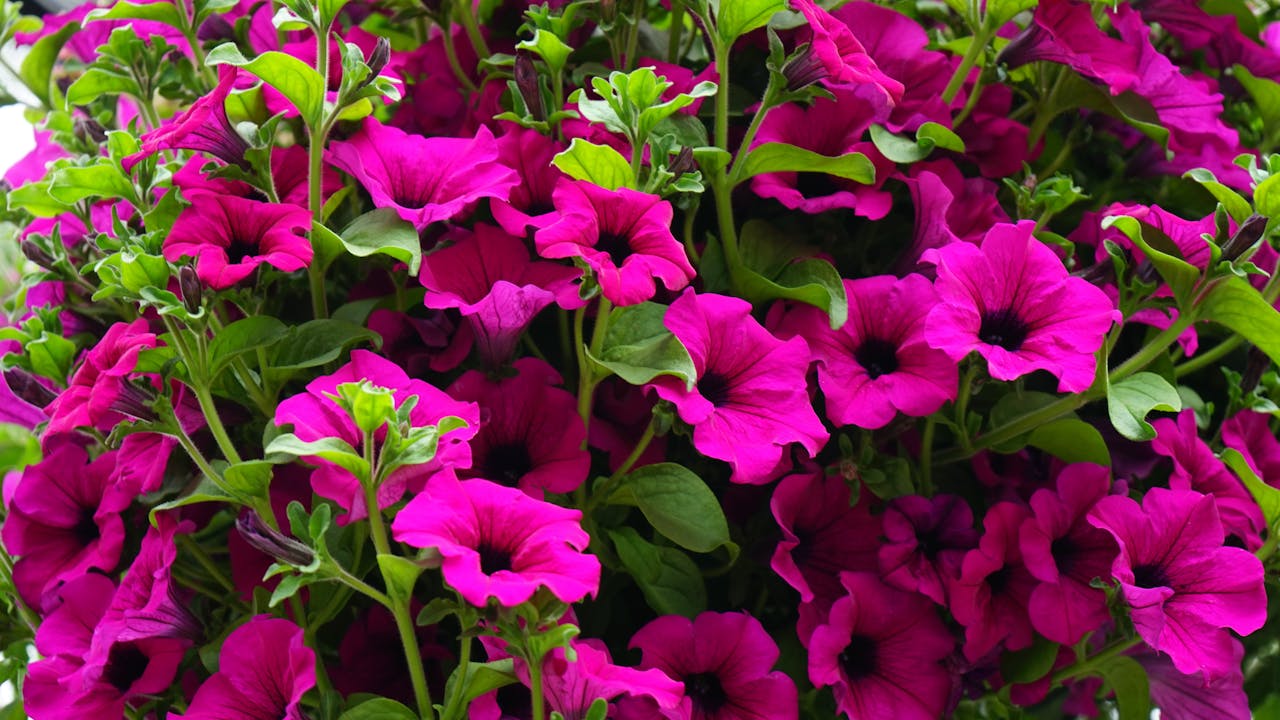
Annuals add color, adaptability, and flexibility to a homestead garden, providing gardeners the freedom to try new varieties each year. Here is a range of common annuals that add charm, yield, and functionality.
Flowers:
- Marigolds – Known for their bright, cheerful colors and pest-repelling qualities, marigolds bloom quickly and are low-maintenance.
- Zinnias – These hardy, vibrant flowers attract pollinators and bloom prolifically, making them perfect for garden borders.
- Petunias – Available in many colors, petunias provide long-lasting blooms and are great for adding a pop of color.
- Cosmos – These self-seeding flowers add height and airy elegance to the garden and often return without replanting.
- Sunflowers – With towering stems and bright faces, sunflowers provide visual interest, attract pollinators, and offer edible seeds.
- Nasturtiums – These bright, trailing flowers are edible and can be grown as ground cover, adding color and attracting pollinators.
- Impatiens – Ideal for shady areas, impatiens offer vibrant blooms in various colors, adding beauty to spots that need low-light options.
Vegetables:
- Tomatoes – A homestead staple, tomatoes are easy to grow, versatile, and yield bountifully throughout the summer.
- Cucumbers – Ideal for fresh eating or pickling, cucumbers grow quickly and thrive in warm weather.
- Squash – Summer varieties like zucchini and yellow squash provide high yields and are simple to grow.
- Beans – Green beans or bush beans produce ample harvests with minimal space and are well-suited for vertical growth.
- Peppers – From bell peppers to hot chili varieties, peppers are versatile, and compact and produce well in small gardens.
- Radishes – Fast-growing and easy to plant, radishes are great for quick harvests and can be grown in spring and fall.
- Lettuce – As a leafy green, lettuce is fast-growing, easy to plant, and can be harvested in successive plantings.
Herbs:
- Basil – This aromatic herb is essential for culinary uses and thrives in containers or small garden spaces.
- Cilantro – Perfect for salsas and salads, cilantro grows quickly and can be planted in succession for continuous harvest.
- Dill – An easy herb for both flavoring and pickling, dill grows quickly and also attracts pollinators.
- Parsley – Used in many dishes, parsley is easy to grow and can thrive both in pots and garden beds.
- Chervil – A lesser-known herb similar to parsley, chervil adds a mild flavor and is easy to grow in cool seasons.
- Fennel – Grown for its seeds and leaves, fennel is aromatic, quick to grow, and adds texture to the garden landscape.
- Cress – An easy, fast-growing herb, cress adds a peppery taste to salads and is ideal for small spaces or container gardening.
Common Perennial Choices for Homestead Gardens
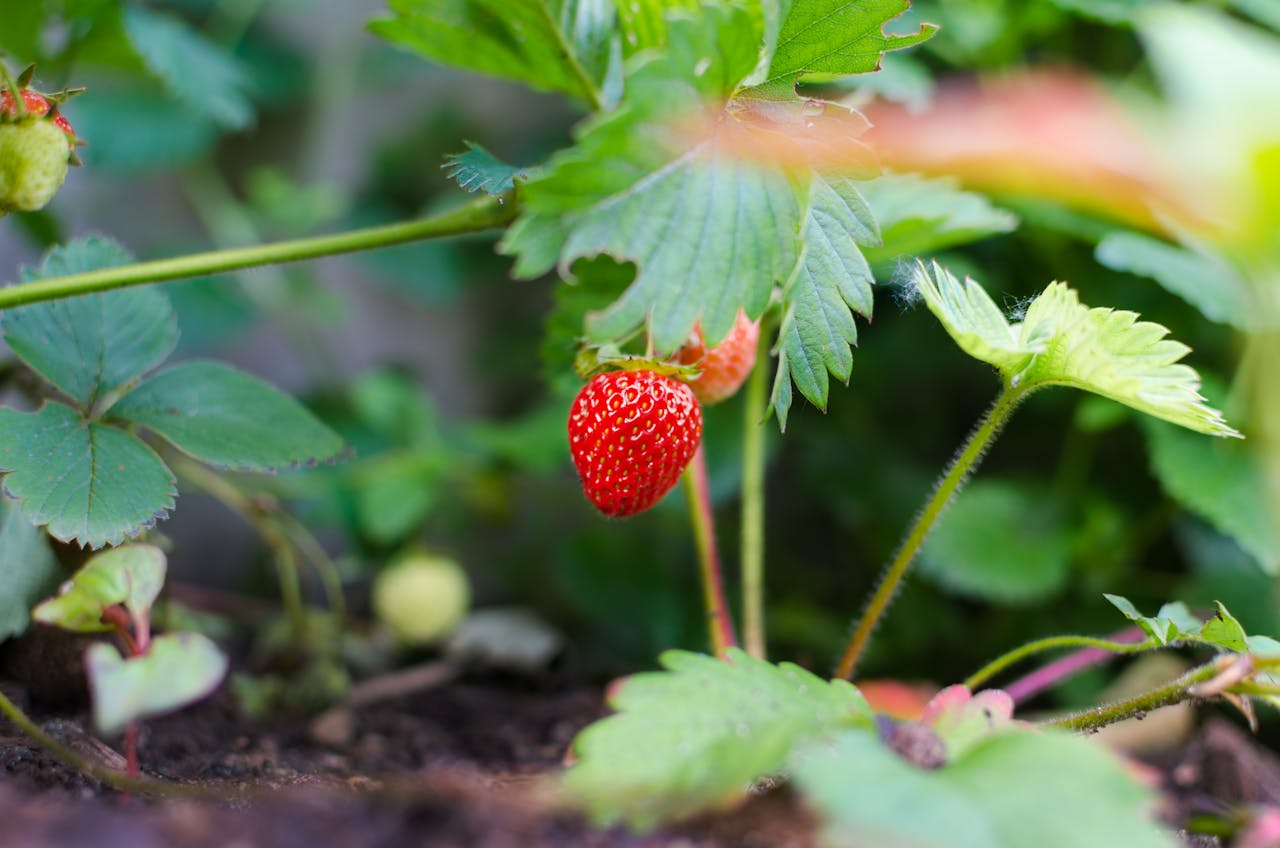
Perennials provide lasting value to a homestead garden, offering reliable returns and requiring minimal replanting. These plants form the backbone of the garden.
Vegetables:
- Asparagus – Known for its tender spears, asparagus is a long-term crop that yields for decades once established.
- Rhubarb – A hardy perennial vegetable with tart stalks, rhubarb adds flavor to desserts and can thrive in many climates.
- Jerusalem Artichoke – Also known as sunchoke, this root vegetable produces edible tubers and can be harvested in late fall.
- Sorrel – A leafy green with a tangy flavor, sorrel is easy to grow and adds diversity to salads and soups.
- Sea Kale – With edible leaves and shoots, sea kale is a hardy perennial that provides a nutritious, leafy green.
- Walking Onion – A unique perennial onion that “walks” by sprouting bulbs at the end of stalks, providing continual harvest.
- Lovage – Resembling celery in flavor, lovage is a tall, leafy vegetable that returns each year and adds depth to stocks and soups.
Fruits:
- Raspberries – These berry bushes produce an abundance of sweet berries each summer, ideal for fresh eating or preserves.
- Blackberries – Similar to raspberries, blackberries offer annual yields that are excellent for jams, jellies, and fresh snacks.
- Blueberries – A long-lived berry bush, blueberries are rich in antioxidants and require acidic soil but reward with plentiful berries.
- Strawberries – Known for their delicious fruit, strawberries are produced annually and can spread to fill garden space over time.
- Grapes – Grape vines, once established, can yield abundant fruit each season, suitable for fresh eating or winemaking.
- Currants – Red, black, or white currants grow well in cooler climates, offering tart berries for jams and jellies.
- Gooseberries – Hardy and versatile, gooseberries produce berries with a unique tart flavor that’s perfect for desserts.
Herbs and Medicinals:
- Lavender – This aromatic herb provides fragrant blooms, attracts pollinators, and is useful in both culinary and medicinal contexts.
- Echinacea – Known for its immune-boosting properties, echinacea produces striking blooms that also attract beneficial insects.
- Sage – A culinary staple, sage is hardy and easy to grow, adding flavor to dishes and supporting pollinators.
- Mint – A spreading herb, mint is versatile in the kitchen but best planted in containers to prevent invasive growth.
- Thyme – With a low-growing habit, thyme is excellent for ground cover, adding culinary flavor, and supporting pollinator health.
- Oregano – Another culinary favorite, oregano is easy to grow, hardy, and returns each year with minimal maintenance.
- Comfrey – Used medicinally, comfrey can also serve as a natural fertilizer through its nutrient-rich leaves.
These perennials not only save labor by returning each season but also add stability, biodiversity, and resilience to the garden. Incorporating a variety of perennial vegetables, fruits, and herbs ensures a steady supply of produce and useful plants, supporting a sustainable and productive homestead year after year.
Combining Annuals and Perennials for a Balanced Garden
Incorporating both annuals and perennials allows homesteaders to enjoy the best of both worlds—a dynamic, seasonally changing garden alongside reliable, long-term plantings. To create a balanced garden:
- Consider Plant Placement and Garden Layout Perennials often need permanent spots since they will return each year, so select their placement carefully. Annuals, on the other hand, can fill gaps or rotate positions each year, allowing for fresh designs and layouts. Think of perennials as the structural backbone, with annuals adding variety and seasonal color to open spaces.
- Leverage Companion Planting Many perennials pair well with annuals, enhancing productivity and pest resistance through companion planting. For instance, planting marigolds (an annual) near tomatoes (also an annual) helps deter pests, while incorporating herbs like chives (a perennial in many climates) can help repel insects in vegetable gardens.
- Optimize for Continuous Harvest and Biodiversity A mix of perennials, like berry bushes, and annual vegetables, such as tomatoes and cucumbers, ensures a continuous supply of food through the seasons. This approach also supports biodiversity by providing habitats for beneficial insects and pollinators that contribute to a thriving ecosystem.
Choosing the Right Plants for Your Homestead Garden
Selecting plants that suit your climate, soil, and goals will make all the difference in establishing a productive garden. Here are steps to guide you:
- Assess Local Climate and Growing Conditions Research the hardiness zones and select perennials that will withstand local winter temperatures. For annuals, choose varieties that thrive in your region’s typical growing season length.
- Consider Your Garden Space Evaluate how much room you have for both sprawling perennials and rotating annuals. Incorporate vertical growing spaces, such as trellises for vining annuals like morning glories and cucumbers, to maximize available space.
- Match Plants to Your Family’s Needs Select plants based on what your family enjoys eating or what’s useful around the homestead. Vegetables, berries, herbs, and even medicinal plants can each add valuable yield and functionality to your garden.
- Plan for Both Culinary and Medicinal Herbs Herbs like lavender, sage, and rosemary (which can be perennial depending on the climate) are not only useful in the kitchen but also serve medicinal or aesthetic purposes. Including a mix of annual and perennial herbs increases your homestead’s self-sufficiency and reduces reliance on external sources.
Conclusion
Annuals and perennials each bring essential benefits to a homestead garden, offering beauty, productivity, and stability. By balancing these plant types, homesteaders can design a garden that adapts to the seasons while also building a foundation that endures year after year. From vibrant, ever-changing annuals to resilient, reliable perennials, a mixed garden provides both immediate rewards and long-term growth.
With careful planning, a homestead garden can flourish with diverse plants that not only feed the family but also contribute to a healthy ecosystem.

